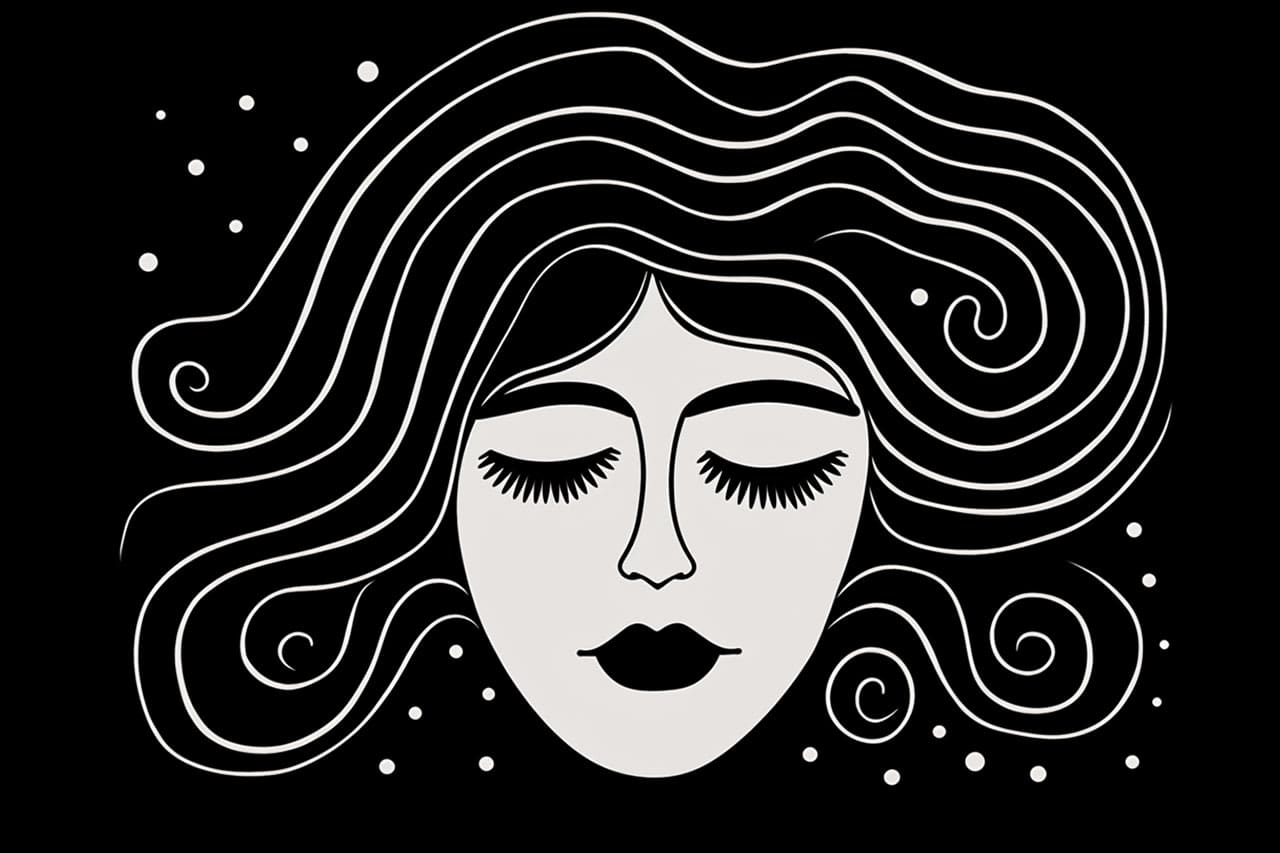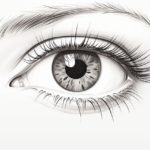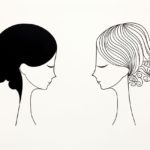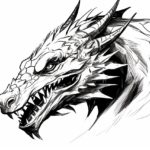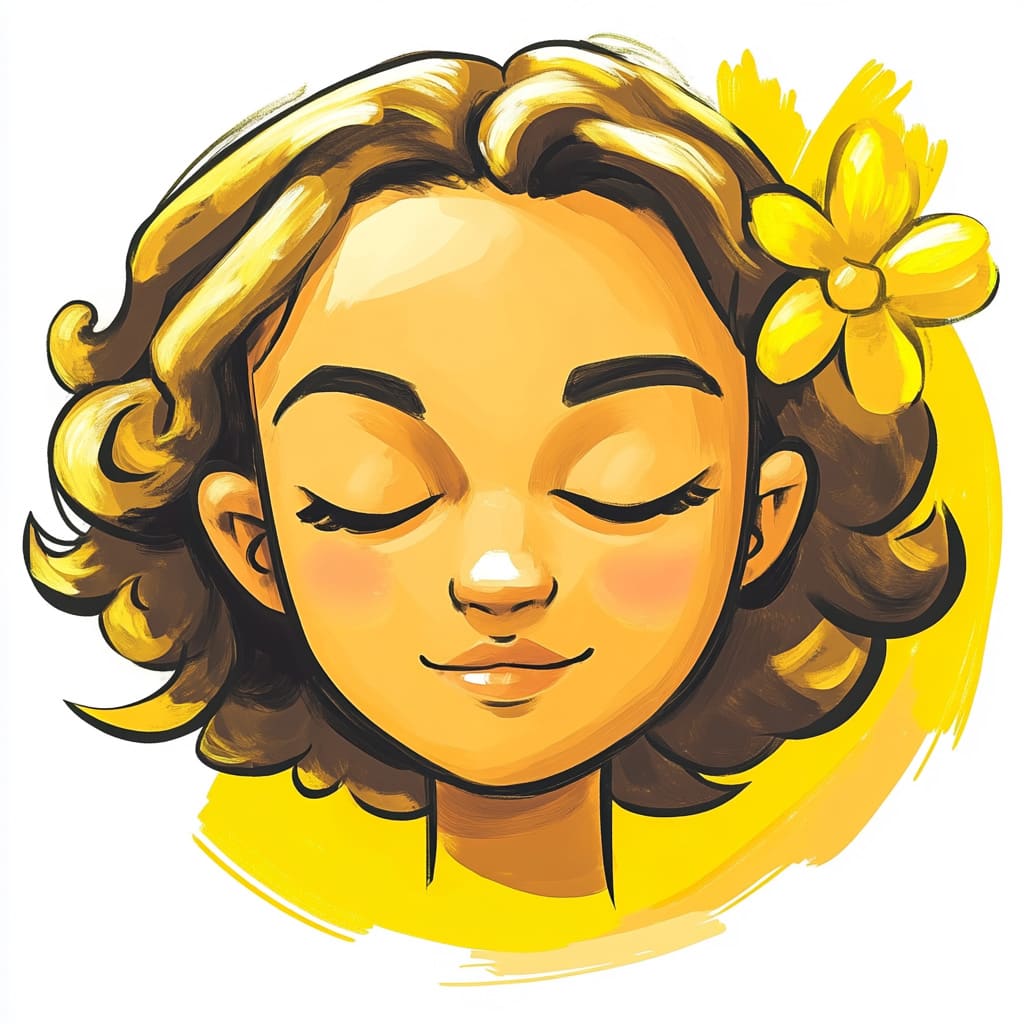
As an artist, you may find yourself challenged by the task of drawing closed eyes. Yet, mastering this skill is crucial to enriching your artwork with emotional depth and realism. Closed eyes can convey a multitude of feelings—from serenity to introspection—allowing your work to connect more profoundly with viewers. Whether you’re illustrating a moment of peaceful slumber or capturing the essence of meditation, the representation of closed eyes is a powerful tool in your artistic toolkit.
In this article, we will walk you through the process of how to draw closed eyes step by step. By breaking down the task into manageable stages, you’ll gain confidence and develop your techniques as you create. Along the way, we will share tips and insights to enhance your understanding, helping you to transition from novice to skilled artist in no time.
Ready to embark on this creative journey? Gather your materials and prepare to transform your drawing skills. With patience and practice, you will soon be able to portray the beauty and emotion captured in closed eyes, making your artwork even more engaging and relatable.
Materials Required
To get started on drawing closed eyes, you will need the following materials:
- Drawing paper
- Pencils (HB, 2B, and 4B)
- Eraser
- Blending stump or cotton swabs
- Reference images for inspiration
Now that you have your materials ready, let’s dive into the step-by-step process of drawing closed eyes.
Step 1: Sketch the Basic Eye Shape
Begin by lightly sketching the basic shape of the eye using an HB pencil. Start with an oval shape for the eye, keeping it slightly tilted to add a natural look. Make sure to leave some space above and below the eye for the eyelids.
Step 2: Define the Eyelids
Using a 2B pencil, carefully draw the upper and lower eyelids, following the shape of the eye. Pay attention to the curves and contours of the eyelids, as they will determine the character of the eyes. Remember that the upper eyelid is usually thicker and more prominent.
Step 3: Add the Iris and Pupil
Within the sketch of the eye, lightly draw a circle for the iris. The size of the iris will depend on the level of eye closure. Generally, a smaller and partially covered iris will create the impression of closed eyes. Inside the iris, draw a tiny circle or dot for the pupil.
Step 4: Shade the Iris and Pupil
Using a 4B pencil, shade the iris and pupil to give them depth and dimension. Start with light shading and gradually build up to achieve the desired darkness. Leave some areas lighter to indicate reflections or highlights.
Step 5: Create Eyelashes
To make the closed eyes appear more realistic, add short, curved lines along the upper and lower eyelids to represent eyelashes. These lines should be thicker and more defined along the upper eyelid.
Step 6: Define the Eyebrows
Eyebrows play a crucial role in the overall expression of closed eyes. Using quick, light strokes, sketch the eyebrows just above the upper eyelid. Ensure that the shape of the eyebrows complements the closed eyes and conveys the desired emotion.
Step 7: Add Shadows and Highlights
To bring more depth and contrast to the eyes, add shadows and highlights. Use a combination of light and dark shading to define the areas around the eyes, including the eyelids, brow bone, and under the eyes. Pay attention to the direction of light source and how it influences the shadows and highlights.
Step 8: Blend and Refine
Using a blending stump or a cotton swab, gently blend the shading you have added to the eyes. This will create smoother transitions and a more realistic appearance. Take your time to refine the details, making sure the eyelids, eyebrows, and eyelashes are well-defined and proportionate.
Conclusion
Drawing closed eyes can be a rewarding experience as an artist. By following these step-by-step instructions and practicing regularly, you will gradually improve your ability to capture the beauty and emotion of closed eyes in your artwork. Remember to observe real-life examples and reference images to enhance your understanding of different eye shapes and expressions.
Now that you have learned the process of drawing closed eyes, it’s time to grab your pencils and paper and start practicing. With time and dedication, you will become proficient in this essential skill. Happy drawing!
Fun Facts About Closed Eyes
- Closed eyes can indicate a state of rest, sleep, or meditation, as seen in many cultures and art forms.
- Many animals close their eyes for protection while sleeping, using natural instincts to remain alert to danger.
- In art, closed eyes can be used to express a range of emotions, from peace and tranquility to sadness and introspection.
- When we close our eyes, the brain’s visual centers can become more active, allowing for vivid imagination and daydreaming.
- Some ancient meditation practices involve focusing on the sensation of closed eyes to achieve deeper mental clarity.
- Closed eyes can reduce distractions, helping people focus better on sounds, smells, and tactile sensations.
- Involuntary eye closure can be a natural reflex to protect the eyes from potential harm such as bright light or debris.
- Globally, closing eyes is often included in gestures of respect or prayer, symbolizing humility and introspection.
- Blind contour drawing, an art exercise where the artist draws while their eyes are closed, can enhance observational skills and hand-eye coordination.
- Dreaming with closed eyes is a universal human experience, allowing the subconscious mind to process experiences and emotions.
Suggestions for Scenes and Settings for Closed Eyes Drawings
- Peaceful Sleep: Capture the serenity of a person or animal resting with closed eyes, nestled in a cozy, tranquil setting.
- Meditation Moment: Illustrate an individual meditating with closed eyes, surrounded by a calming environment like a sunlit garden or quiet beach.
- Dreamscape: Create an imaginative scene reflecting what a person with closed eyes might be dreaming about, filled with surreal and fantastical elements.
- Resting Animal: Depict a scene of an animal in a peaceful slumber, eyes closed, enveloped in a natural habitat like a forest or meadow.
- Thoughtful Pose: Draw a character with closed eyes lost in deep thought, surrounded by visual representations of ideas or memories swirling around them.
- Cultural Ceremony: Show a scene of individuals with closed eyes participating in a cultural ritual or spiritual ceremony, highlighting tradition and community.
- Art studio Practice: Represent an artist drawing blind contour sketches, eyes closed, with sheets of expressive lines and curves around them.
- Restorative Nap: Picture a cozy room where a person lays napping with closed eyes, soft rays of sunlight playing across their features.
- Hidden Emotions: Illustrate a face with closed eyes capturing subtle emotions like joy, sorrow, or contemplation through expressive features and settings.
- Listening Experience: Convey a vibrant scene where a person with closed eyes is immersed in music, with visual sound waves emanating from their headphones.

